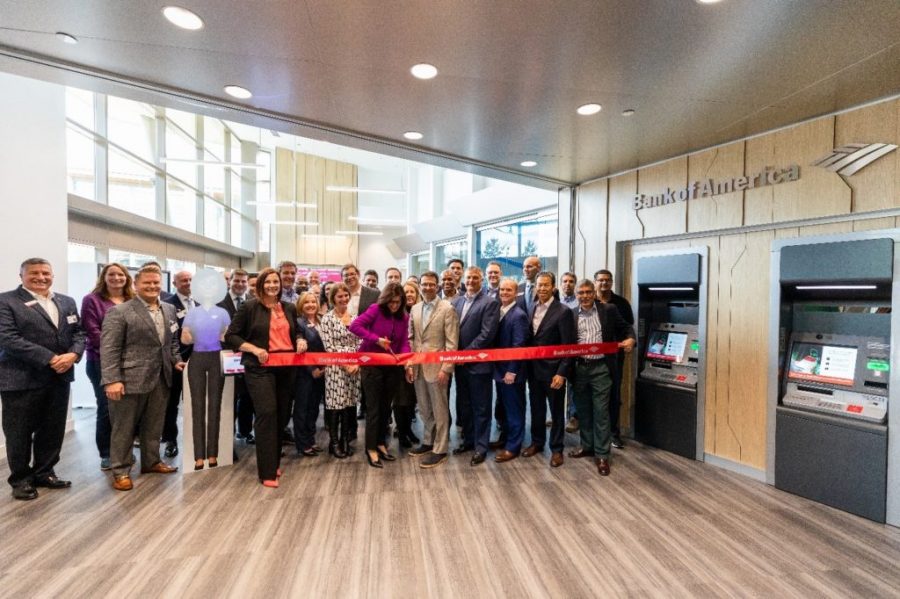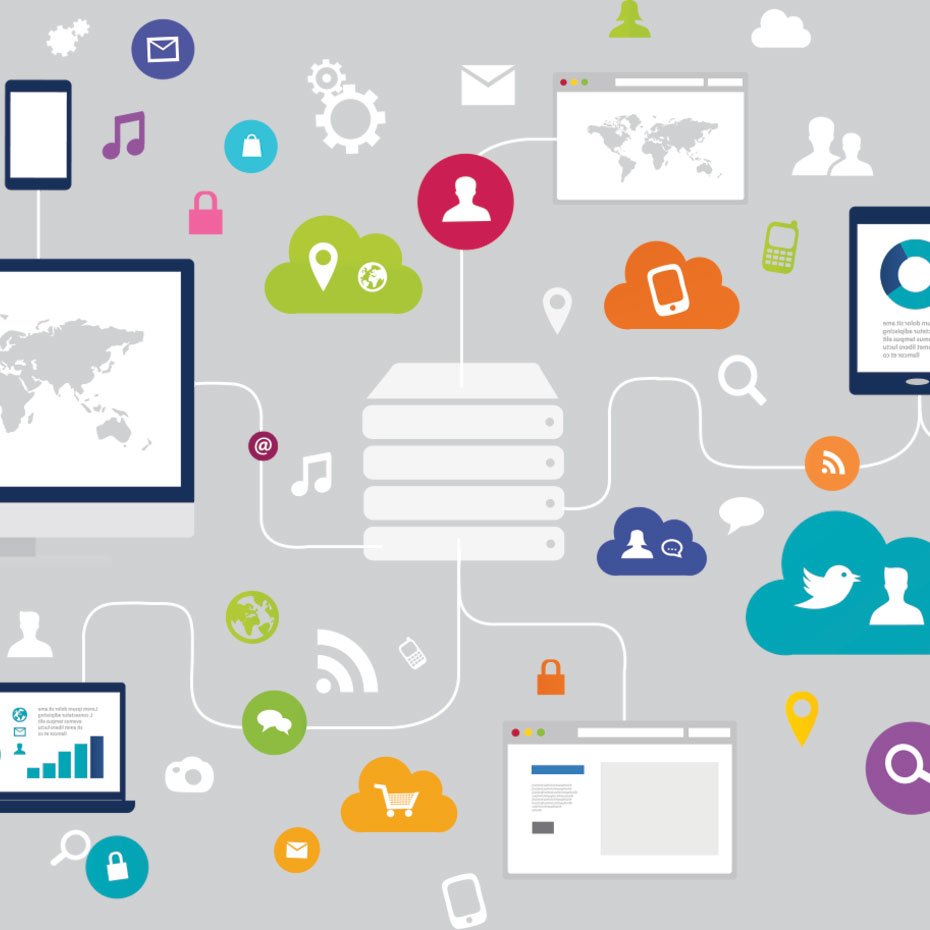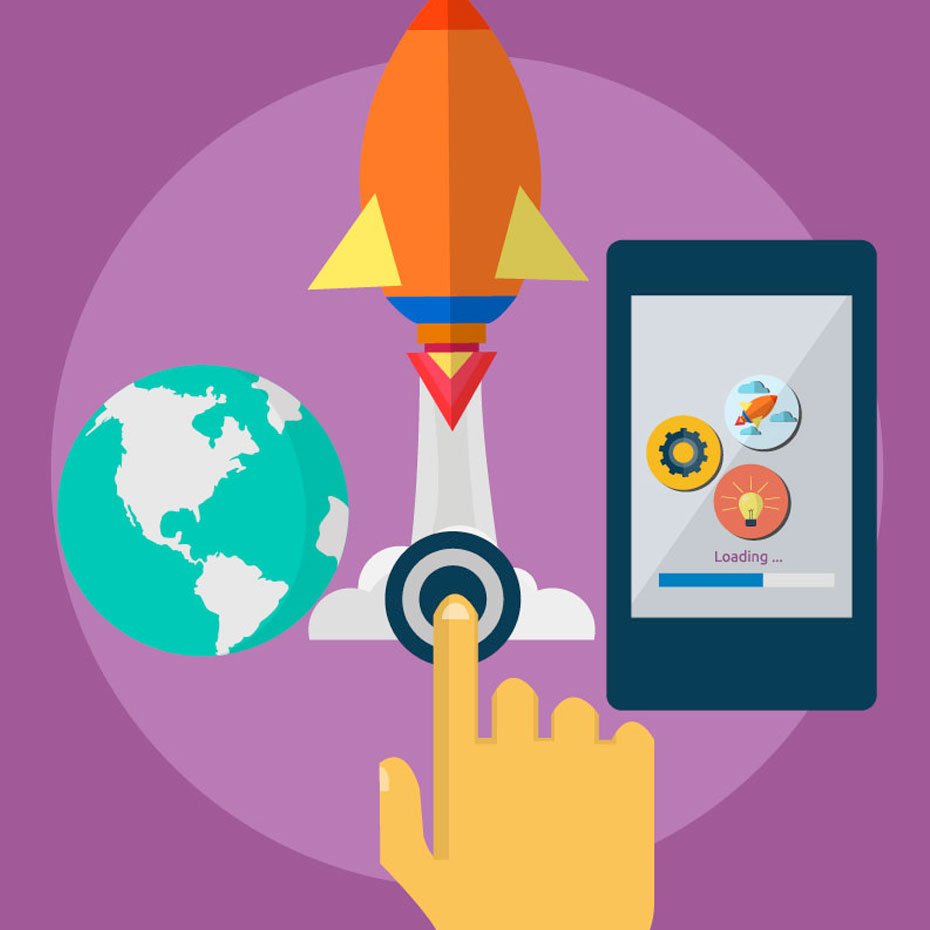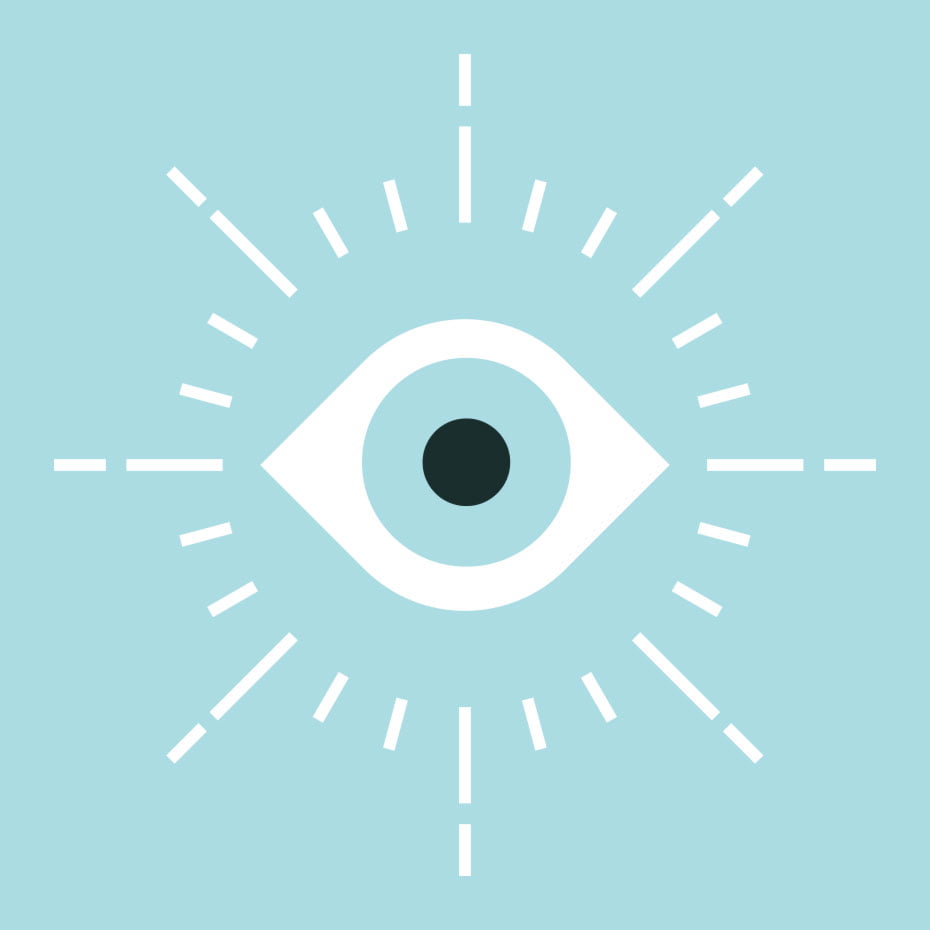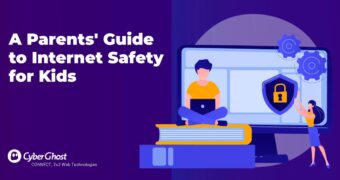Recently, I joined a ribbon-cutting at the new Bank of America location on Microsoft’s campus in Redmond, Washington. The financial center is a great example of co-innovation with our customers. It features some test technology only available at this location, like a holographic greeter, with capabilities in English, Spanish and American Sign Language. The bank’s associates are equipped with Surface Pros to help stay connected and deliver customer service.
Like Bank of America’s example, businesses around the world are transforming. Our customers across finance, health and manufacturing are partnering with Microsoft to power solutions across cloud, AI and IoT, including companies like Neiman Marcus, Albertsons Companies, TomTom, Goodyear, ExxonMobil, Schneider Electric, Telefónica, AT&T, Razer, Emirates, Daimler AG, Renault-Nissan-Mitsubishi, Electrolux, Airbus Defense and Space and Siemens Gamesa. We also announced new details about the Open Data Initiative, our partnership with Adobe and SAP that will enable mutual customers like Unilever, among others, to unify their business data across lines of business applications and unlock new AI-driven insights.
There are innovation stories behind each of the diverse brands with which we have partnered over the last quarter. What I find most inspiring are examples of how customers are using our IP to innovate faster than ever. Here are just a few examples:
A year ago, we announced a $5 billion investment in IoT. Fast forward to today, where customers like Starbucks, Chevron, Walmart, Walgreens, BMW, Volkswagen and Toyota Material Handling Group are leveraging Azure as their cloud platform with IoT and AI services to accelerate their digital transformation. In fact, IoT is creating a big impact in industries you encounter daily. For example, Ohio-based GOJO Industries, the inventor of PURELL Hand Sanitizer, is a growing digital innovator in public health. The company is using Azure IoT to power its PURELL SMARTLINK Technology solutions. It has about 25,000 connected dispensers that help more than a hundred healthcare facilities streamline hand hygiene compliance through motion sensors, Internet-connected dispensers and a cloud platform that collects and analyzes data.
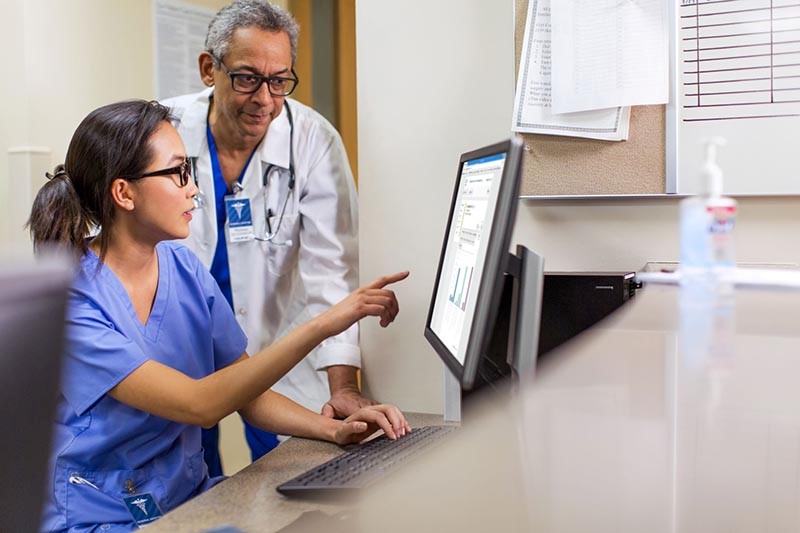
In the manufacturing sector, digital transformation from the top floor to the shop floor continues to reshape how customers and partners run their businesses. At Hannover Messe 2019, for instance, we partnered with BMW Group to launch the Open Manufacturing Platform (OMP) built on the Azure Industrial IoT cloud platform and designed to break down productivity-slowing data silos by creating an open technology framework and cross-industry community. The OMP’s goal is to significantly accelerate future industrial IoT developments, shorten time to value and drive production efficiencies while addressing common industrial challenges.
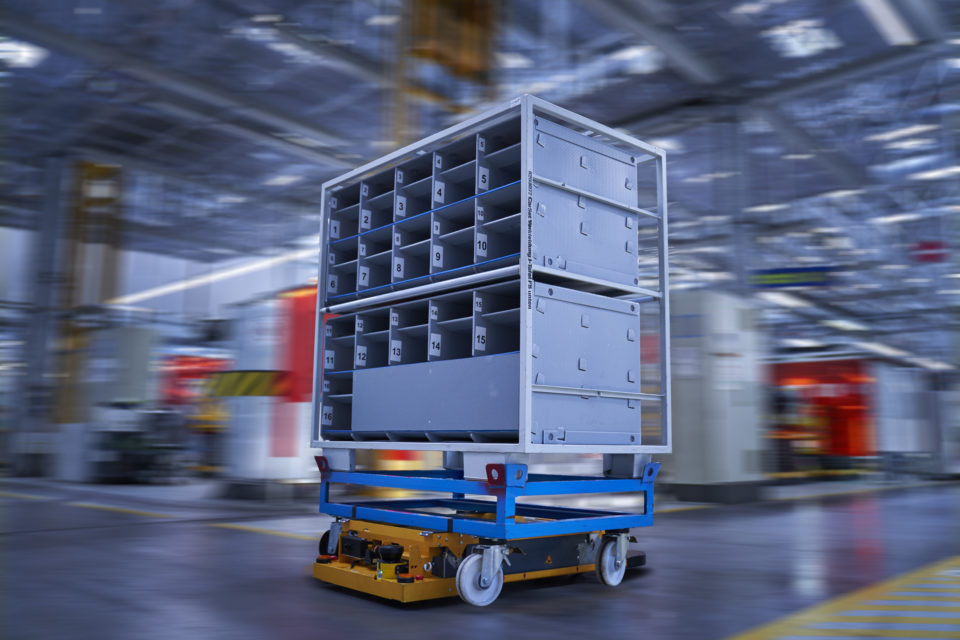
A long-standing challenge for manufacturers is how best to boost productivity while simplifying employee training and development. Commercial truck designer and manufacturer PACCAR shows digital solutions can be applied to manufacturing and across other industries as well. Thanks to its adoption of Dynamics 365 Guides and HoloLens 2 — our next generation wearable holographic computer that enables businesses to take advantage of out-of-the-box applications — PACCAR employees can access step-by-step holographic instructions to guide them through unfamiliar tasks like assembling a truck door or follow lighted arrows from each instruction card to the precise hole where a wire needs to be threaded or to the location of the correct tool on the factory floor. Holographic drawings superimposed on the actual door demonstrate how to perform that task and brighten structures behind the steel panel that normally cannot be seen.
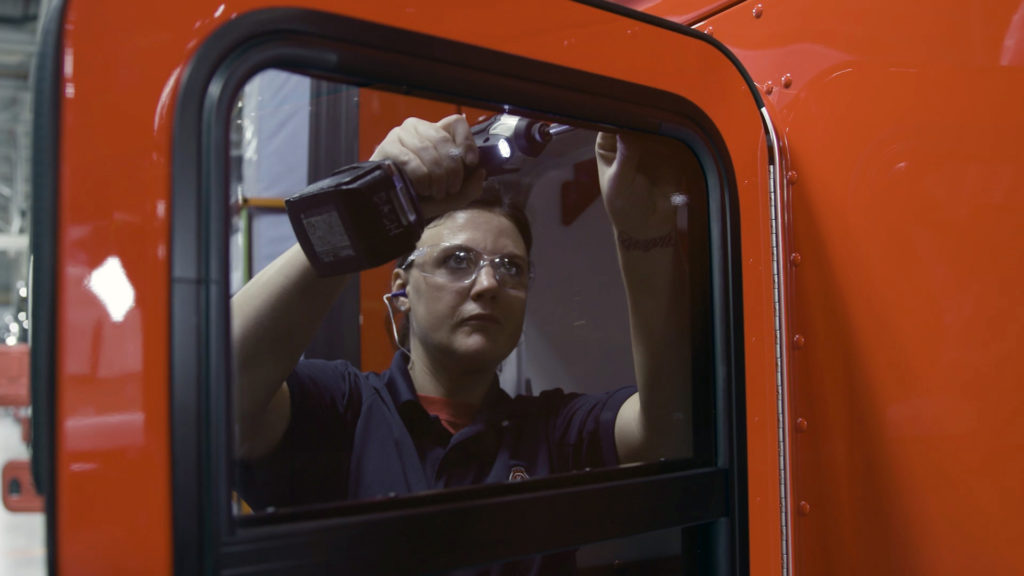
Toyota Material Handling Group offers an additional manufacturing example. The company is the largest forklift maker in the world, but its customers require much more than warehouse trucks and equipment. By providing solutions with artificial intelligence, mixed reality and the IoT, Toyota Material Handling Group is helping customers meet the global rise in ecommerce, and move goods quickly, frequently, accurately and safely. With Microsoft technologies, the solutions range from connected forklift and field service systems available today to AI-powered concepts that pave the way for intelligent automation and logistics simulation – all designed with Toyota’s standards for optimizing efficiency, operation assistance and kaizen, or continuous improvement.
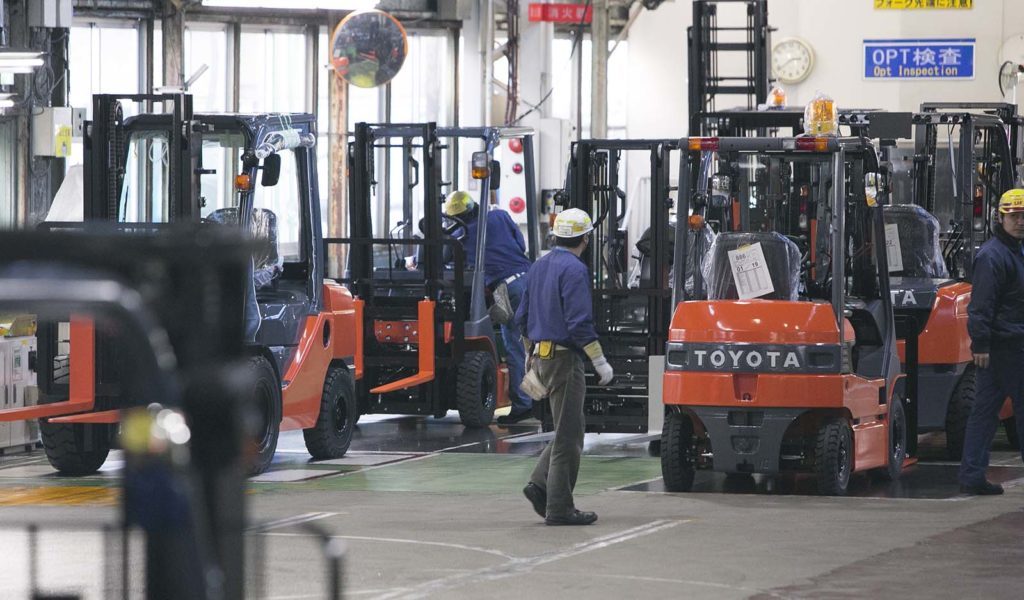
Customers looking to accelerate the digital evolution of their business need partners who can collaborate, co-create and co-innovate with them. That was the impetus behind the February launch of the Accenture Microsoft Business Group, a venture created by Accenture and Microsoft, in conjunction with Avanade, that brings together more than 45,000 professionals — the world’s largest group of Microsoft solution experts — to advance organizations’ digital transformation agenda.
When it comes to collaboration and the modern workplace, Razer is a global phenomenon in a multibillion-dollar industry that boasts 2.3 billion customers worldwide. Razer has 15 offices and is recognized as the leading brand for gamers. Today, the company uses Microsoft 365, a complete, intelligent solution that supports creative teamwork, to achieve the same rapid communications, fast decision making and real-time collaboration required to win a game, while using these same attributes for a competitive advantage in the business world.
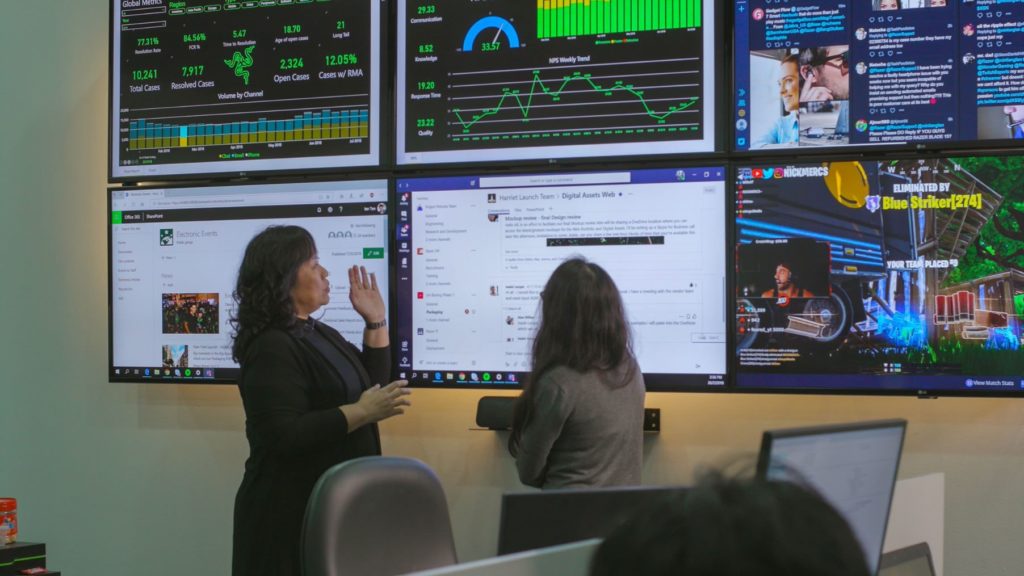
In the airline industry, Virgin Atlantic wants employees to have the tools and information they need to make each travel step as smooth as possible. Using Microsoft PowerApps and Dynamics 365, Virgin Atlantic now has a better view of its customers and can quickly and easily develop apps that help its business and field workers excel at their jobs and create an enjoyable travel experience.
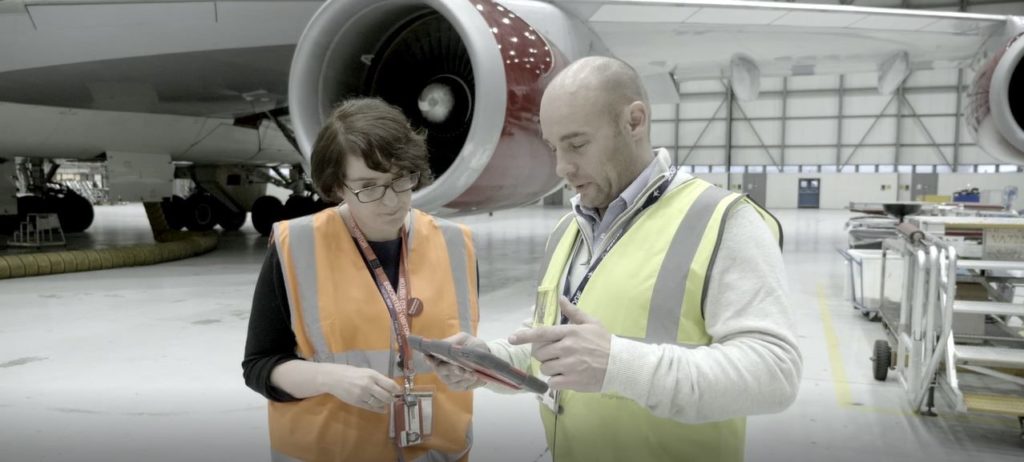
Digital is also changing how public sector agencies help families and children. For example, New York City Administration for Children’s Services (ACS) caseworkers are using Microsoft 365 security, Office apps, and Surface Pro devices running on Windows 10 to investigate more than 50,000 cases a year of suspected child abuse or neglect. That time-sensitive work used to involve hours of typing reports and multiple trips between families’ homes and the office to retrieve documents. Now, from anywhere in the field, they can instantly access critical resources and capture notes to focus on protecting and advocating for children and families.
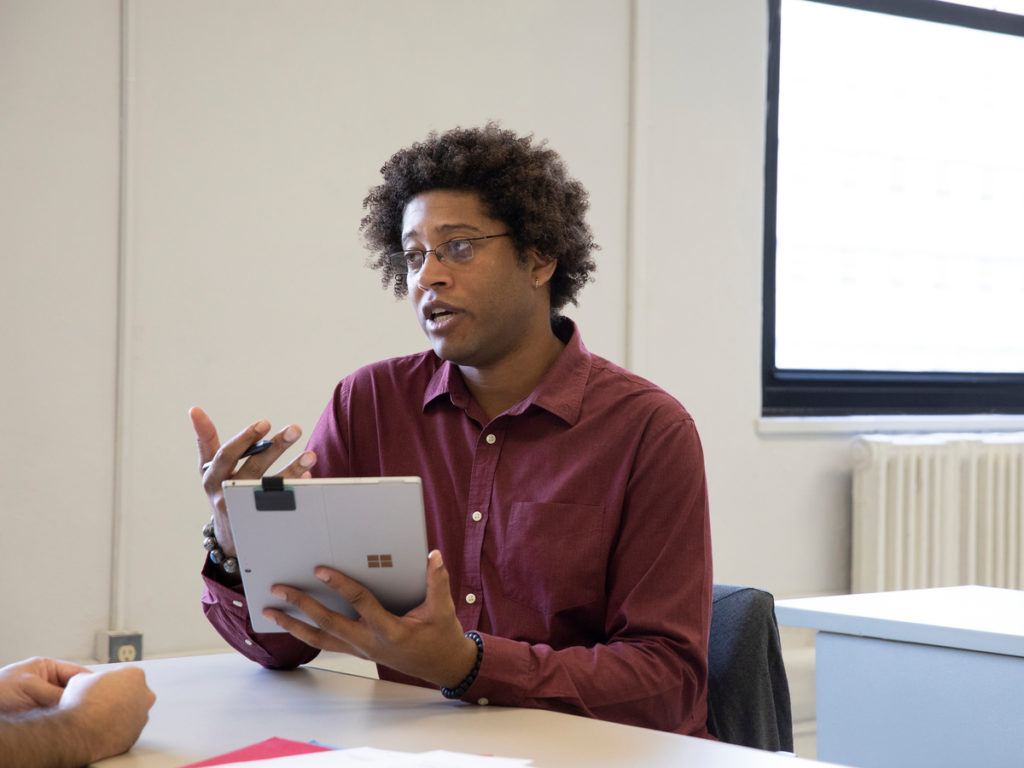
No matter the industry sector or geography, digital continues to drive how companies and organizations are reimagining their business models — from how they generate new data and insights, to how they engage customers and enhance workplace experiences for employees. We look forward to extending our collaboration with our customers and partners as they unlock new capabilities and pursue new markets thanks to their digital transformation.

